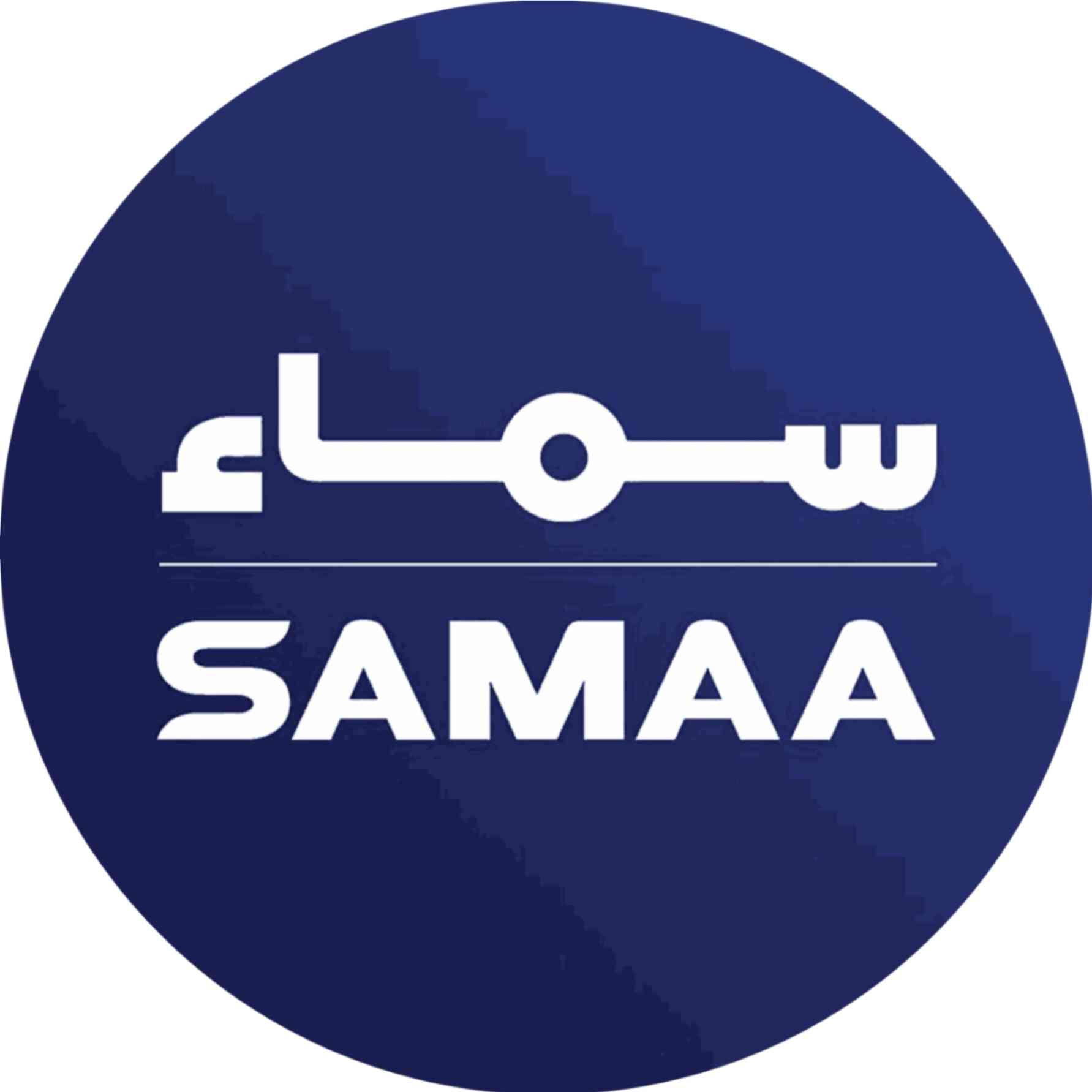KARACHI: Residents of Karachi contin
ue to face
water shortage in several parts of the city following Ramazan and Eid-ul-Fitr d
ue to poor
water distribution policies.
Previously formulated Ramzan
water supply policy also failed to ensure smooth provision of portable
water to the residents during the month of Ramzan.
During the
water scarcity,
water starved people broke down their respective main
water supply lines in several areas of the city including Pak Colony, Orangi Town, Qasba, Maghopir, Surjani, North Nazimabad, New Karachi, North Karachi, Sadman and the Buffer Zone.
On Eid days, consumers remained unattended by hydrants staff d
ue to the lack of tankers at several hydrants. Power outages and disruption rendered
water pumping stations non-functional, making the citizen’s plight worse.
The people of Karachi lived without
water for more than 36 hours when the pipeline
water supply remained suspended for two days. During this time period, the residents only had access to
water for two hours per day.
Meanwhile, hydrants
water supply rates increased to Rs12,000 for 5,000 Gallons (gal) of
water. The six previously installed hydrants also failed to maintain smooth supply of
water to their respective areas in Landhi, Korangi, Nipa, Sofora, Sakhi Hasan and Manghopir.
Illegal hydrants cropped up and began to supply
water in exchange for money in several parts of the city including the Landhi, Bin Qasim, Super Highway, Gadap, Pak Colony, Haroonabad and Manghopir areas.
In response to the ongoing
water crisis, the KWSB approved of a plan to supply
water through sub soil
water hydrants and invited tenders for this purpose.
Acco
rding to the details, the visit of a technical team to Gharo, Dhabeji, Pipri and Chilya
water sites for collecting firsthand knowledge about the
water crisis in the city had also remained unsuccessful.
Acco
rding to the KWSB Deputy Managing Director Technical Service (DMD TS) Asadullah Khan there was a shortage of around 80 million gallons of
water per
day in the city.
Asadullah Khan attributed the shortage to leakages that had not been fixed and the limited capacity of motors and related apparatus.
KWSB Managing Director (MD) Khalid Mahmood Shi
ekh also submitted a report to the Water Commission (WC) explaining reasons behind the
water crisis in city.
Currently
water supply from Gharo and Dhabeji sources to city stands around 470 million gallons per
day (MGD) while it should be around 560 MGD.
Pumping stations in these two sites with working capacity of 24 MGD, 25 MGD and 36 MGD have now become outdated and there is a need to revamp their capacity or replace them.
Acco
rding to the sources, these pumping stations have not been working acco
rding to their capacity d
ue to insufficient supervisory work of
water officials stationed at these sites.
Around 94 MGD supply from Hub Dam
water source has been stopped d
ue to lowered
water levels. Only 20 MGD is being supplied to parts of the city.
Areas most affected by the
water shortage include Baldia Town, Orangi Town, Manghopir, Qasba, Surjani, Banara, Pahtan Colony and some parts of North Nazimabad.














